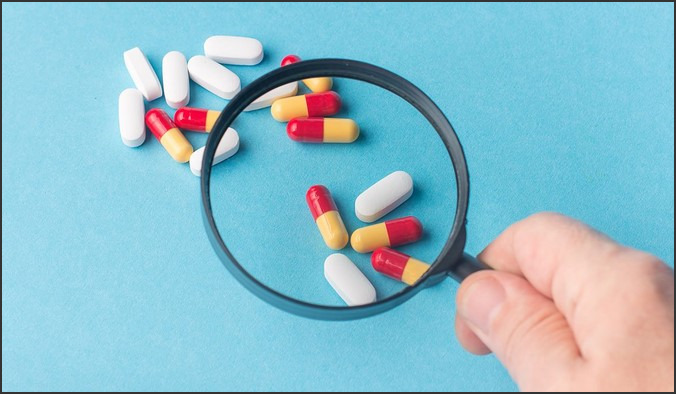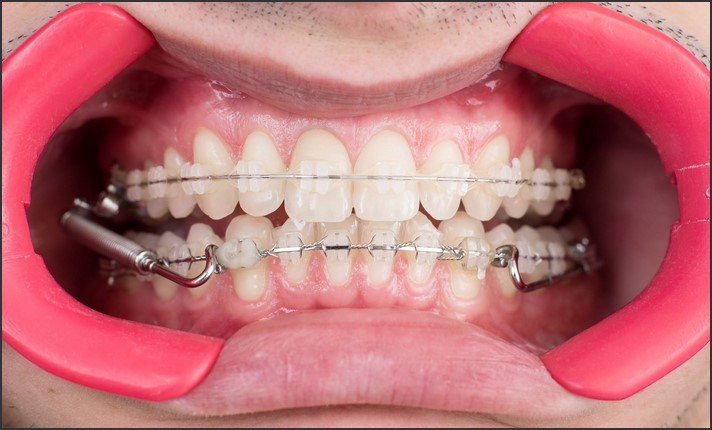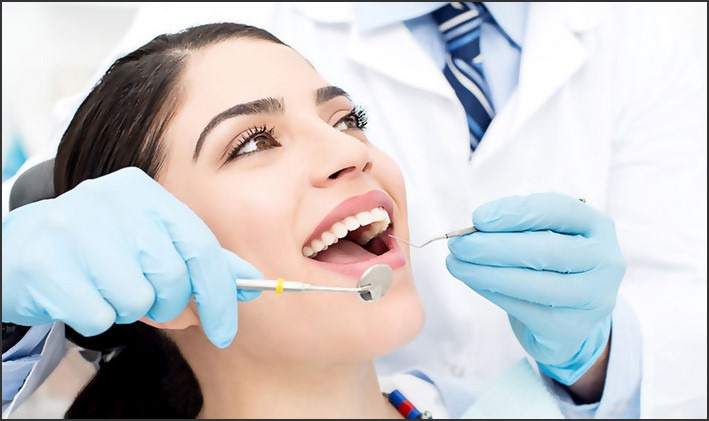
nitrosamines are a class of chemical compounds that are formed when nitrites react with amines or amides. They are known to be carcinogenic and have been linked to a variety of health issues, including cancer, liver damage, and reproductive problems. As such, it is important to understand the impact of nitrosamines on human health and the environment. This article will provide an overview of nitrosamines, their sources, and the potential health risks associated with exposure. Additionally, it will discuss the various methods used to reduce nitrosamine levels in food and other products.
Exploring the Health Risks of Nitrosamines: What You Need to Know
nitrosamines are a group of chemical compounds that are found in a variety of products, including food, cosmetics, and tobacco. While they are naturally occurring in some foods, they can also be formed during the manufacturing process. Exposure to nitrosamines has been linked to a variety of health risks, including cancer, reproductive issues, and organ damage. It is important to understand the potential health risks associated with nitrosamines and how to reduce your exposure.
nitrosamines are formed when nitrites, which are used as preservatives in processed foods, react with amines, which are found in proteins. They can also be formed when nitrates, which are found in fertilizers, react with amines. nitrosamines are found in a variety of products, including cured meats, beer, cheese, and some cosmetics. They are also found in tobacco products, where they are formed during the curing process.
Exposure to nitrosamines has been linked to a variety of health risks. Studies have shown that nitrosamines can cause cancer in animals, and there is some evidence that they may also increase the risk of cancer in humans. They have also been linked to reproductive issues, such as infertility and birth defects. In addition, nitrosamines can damage the liver, kidneys, and other organs.
It is important to reduce your exposure to nitrosamines. One way to do this is to limit your consumption of processed foods, which often contain nitrites. You should also avoid smoking and using other tobacco products, as they contain high levels of nitrosamines. Finally, you should read the labels of cosmetics and other products to make sure they do not contain nitrosamines.
In conclusion, nitrosamines are a group of chemical compounds that can be found in a variety of products. Exposure to nitrosamines has been linked to a variety of health risks, including cancer, reproductive issues, and organ damage. It is important to understand the potential health risks associated with nitrosamines and how to reduce your exposure.
Investigating the Sources of Nitrosamines: How to Reduce Exposure
nitrosamines are a class of chemical compounds that are known to be carcinogenic and are found in a variety of products, including food, cosmetics, and tobacco. Exposure to nitrosamines can have serious health consequences, so it is important to understand the sources of nitrosamines and how to reduce exposure.
The most common sources of nitrosamines are processed foods, such as cured meats, smoked fish, and beer. nitrosamines can also be found in cosmetics, such as nail polish, and in tobacco products. nitrosamines can also be formed in the body when certain foods are digested.
To reduce exposure to nitrosamines, it is important to limit the consumption of processed foods, especially cured meats and smoked fish. It is also important to avoid cosmetics that contain nitrosamines, such as nail polish. Finally, it is important to avoid tobacco products, as they are a major source of nitrosamines.
In addition to limiting exposure to nitrosamines, it is important to take steps to reduce the formation of nitrosamines in the body. This can be done by avoiding foods that are high in nitrates, such as cured meats, smoked fish, and beer. It is also important to limit the consumption of foods that are high in nitrites, such as processed meats and fish.
Finally, it is important to be aware of the potential for nitrosamine formation in the body. This can be done by avoiding foods that are high in nitrates and nitrites, as well as avoiding the use of cosmetics that contain nitrosamines. By taking these steps, it is possible to reduce exposure to nitrosamines and reduce the risk of developing cancer.
Conclusion
nitrosamines are a class of compounds that have been linked to a variety of health risks, including cancer. While the exact mechanisms of how nitrosamines cause harm are still being studied, it is clear that they can have a significant impact on human health. It is important to be aware of the potential risks associated with nitrosamines and to take steps to reduce exposure to them. This includes avoiding foods and beverages that may contain nitrosamines, as well as using products that are free of nitrosamines. By taking these steps, we can help to reduce our risk of exposure to these potentially harmful compounds.








